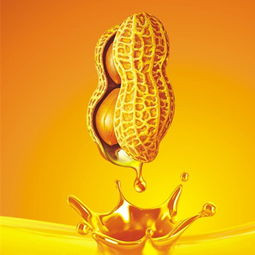General situation of research on peanut hulling machinery in foreign countries

The United States began to study peanut hulling machinery in the 1960s. Its technical level is relatively advanced. It has achieved good results and has been widely used in reducing the critical problems of dehulling and crushing damage. In the early 1980s, UANG of the United States developed a new kind of peanut shelled machine, which can not only grade the material size, but also break the shell at the same time. Moreover, the material can be guided to a certain direction by precise deformation control. Patel has tried to use laser to cut the peanut huller one by one, and the test results show that this method can be used in this way. Prussia and Verma tried to develop a new peanut hulling machine by collision mechanism. In order to save the labor cost, control the storage quality of peanut, ensure that the damaged peanut in commercial peanut can meet the standard requirement and meet the requirement of biological damage detection, American agricultural engineers are studying the new peanut shelled machine at the same time. The research on microwave drying equipment and prediction of peanut dehulling process on-line detection was increased in this paper.
A Survey of Peanut shelled Machinery Research in China
Since 1965, China has developed nearly 10 kinds of peanut hulling machinery. According to the principle of shell removal, structure and materials, it can be basically divided into two categories: the grating bar concave sieve (the steel bar roller with striking and kneading) and the rubber floating concave plate screen (the rubber drum with extruding and kneading as the main), but the shelled quality is not high. The crushing rate is larger (> 8%), and the peanut rice after husking can only be used for oil and edible, which can not meet the requirements of export and seed, which has a serious impact on the economic development and farmers' income in China. In addition, except for oil The processed peanuts are mechanically dehulled, and the rest are done manually, with high labor intensity and low efficiency. At present, there are many kinds of peanut sheller in China, such as 6BH-20B peanut sheller, 6BH-20 peanut sheller, 6BH-60 peanut sheller and so on. The main technical parameters of common peanut hulling machinery are shown in Table 1.
Problems of Peanut shelled Machinery in China
At present, our country has not increased the investment in the technical research of peanut hulling machinery, and the development of peanut shelled parts remains at
In the early 1990s, the peeling performance of peanut has not been greatly improved. In general, the following problems exist in Chinese peanut hulling machinery: 1) the removal rate is low, the crushing rate is high, and the loss is high. Broken peanut rice is separated into peanut shell, which will cause certain losses. At the same time, commercial peanut rice, especially for export peanut, still needs manual sorting after mechanical grading sorting, in order to separate broken peanut rice, which increases the cost. Since the problem of high damage rate of peanut during mechanical shelled has not been well solved, it is used for long rice. Peanut rice, which is stored and used as a seed, still needs to be hulled manually. 2) the adaptability and generality are poor and the utilization ratio is low. The mechanism of peanut sheller is complicated. There are many kinds of peanut hulling machinery at home and abroad, each has its own characteristics. In addition, it is difficult to meet the needs of different peanut varieties for a kind of peanut hulling machine. 3) the manufacturing cost is high.